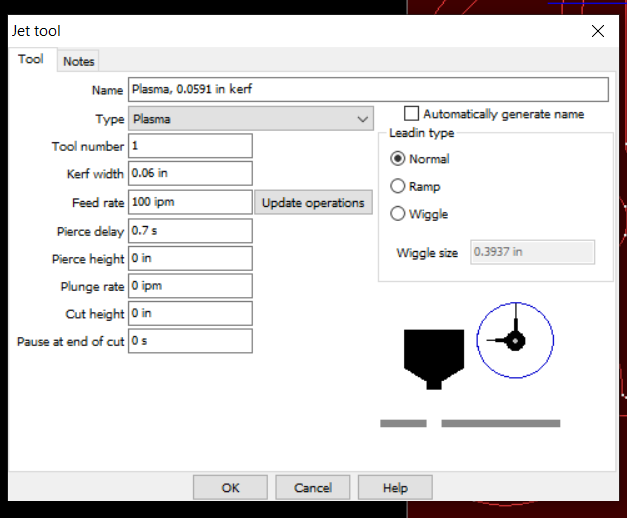

ISSN 1571-5035 ISBN 978-1-84882-732-5 e-ISBN 978-1-84882-733-2 DOI 10.1007/978-1-84882-733-2 Springer London Dordrecht Heidelberg New York British Library Cataloguing in Publication Data A catalogue record for this book is available from the British Library Library of Congress Control Number: 2009938036 © Springer-Verlag London Limited 2010 Apart from any fair dealing for the purposes of research or private study, or criticism or review, as permitted under the Copyright, Designs and Patents Act 1988, this publication may only be reproduced, stored or transmitted, in any form or by any means, with the prior permission in writing of the publishers, or in the case of reprographic reproduction in accordance with the terms of licenses issued by the Copyright Licensing Agency. Laurence Nigay Université Grenoble I Labo. Emmanuel Dubois Université Toulouse III - Tarbes Institut de Recherches en Informatique de Toulouse (IRIT) France
#Sheetcam error.occurred.on line 1197 series#
The human-computer interaction series will focus on theoretical perspectives (such as formal approaches drawn from a variety of behavioral sciences), practical approaches (such as the techniques for effectively integrating user needs in system development), and social issues (such as the determinants of utility, usability and acceptability).Įditors Dr. In this series, we present work which advances the science and technology of developing systems which are both effective and satisfying for people in a wide variety of contexts.

Broadly speaking, it includes the study of what technology might be able to do for people and how people might interact with the technology. For roughly 30 years now, researchers and practitioners in computational and behavioral sciences have worked to identify theory and practice that influences the direction of these technologies, and this diverse work makes up the field of human-computer interaction. As computer-based technology becomes increasingly pervasive – not just in developed countries, but worldwide – the need to take a human-centered approach in the design and development of this technology becomes ever more important. Human-Computer Interaction is a multidisciplinary field focused on human aspects of the development of computer technology. Watson Research Center (USA) Jean Vanderdonckt Université catholique de Louvain (Belgium) Editorial Board Gaëlle Calvary, LIG-University of Grenoble 1, France John Carroll, School of Information Sciences & Technology, Penn State University, USA Gilbert Cockton, Northumbria University, UK Larry Constantine, University of Madeira, Portugal, and Constantine & Lockwood Ltd, Rowley, MA, USA Steven Feiner, Columbia University, USA Peter Forbrig, Universität Rostock, Germany Elizabeth Furtado, University of Fortaleza, Brazil Hans Gellersen, Lancaster University, UK Robert Jacob, Tufts University, USA Hilary Johnson, University of Bath, UK Kumiyo Nakakoji, University of Tokyo, Japan Philippe Palanque, Université Paul Sabatier, France Oscar Pastor, University of Valencia, Spain Fabio Pianesi, Bruno Kessler Foundation (FBK), Italy Costin Pribeanu, National Institute for Research & Development in Informatics, Romania Gerd Szwillus, Universität Paderborn, Germany Manfred Tscheligi, University of Salzberg, Austria Gerrit van der Veer, University of Twente, The Netherlands Shumin Zhai, IBM Almaden Research Center, USA Thomas Ziegert, SAP Research CEC Darmstadt, Germany Editors-in-chief John Karat IBM Thomas J.


 0 kommentar(er)
0 kommentar(er)
